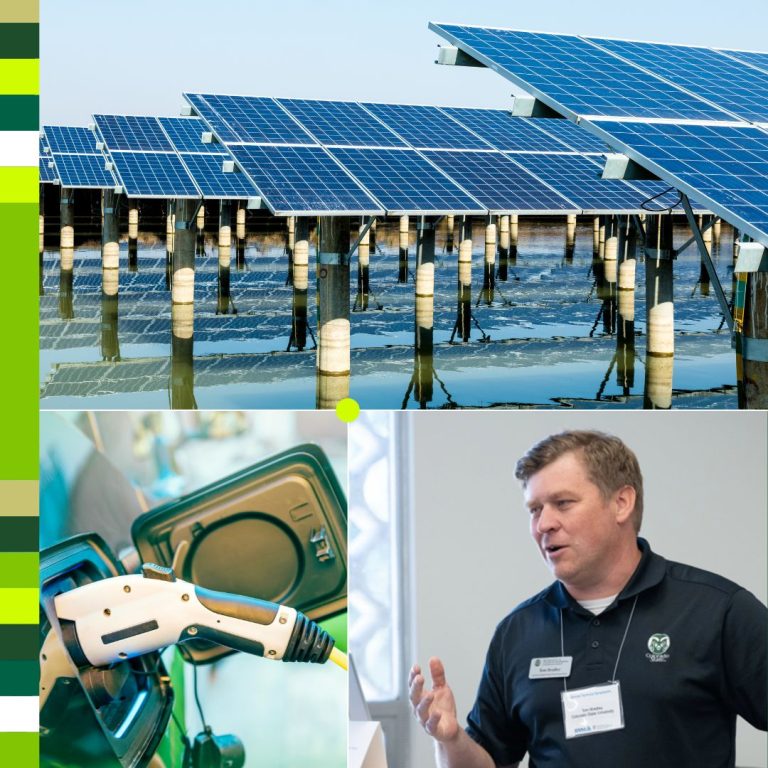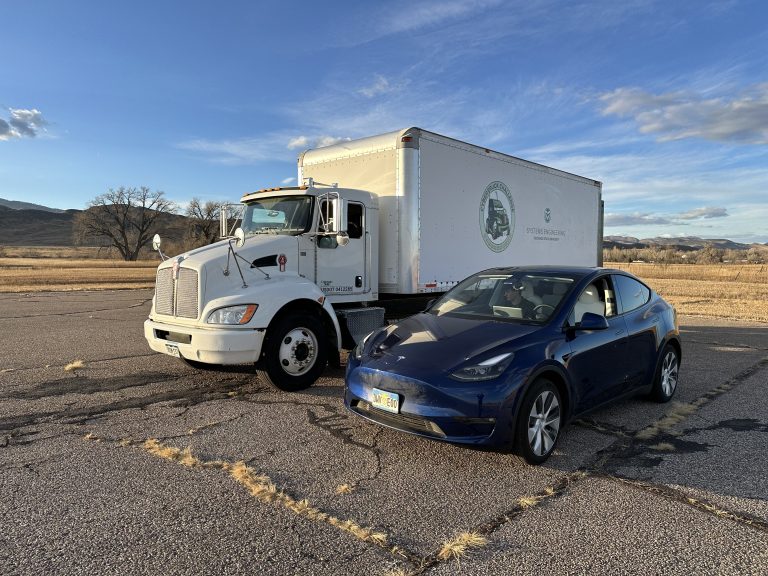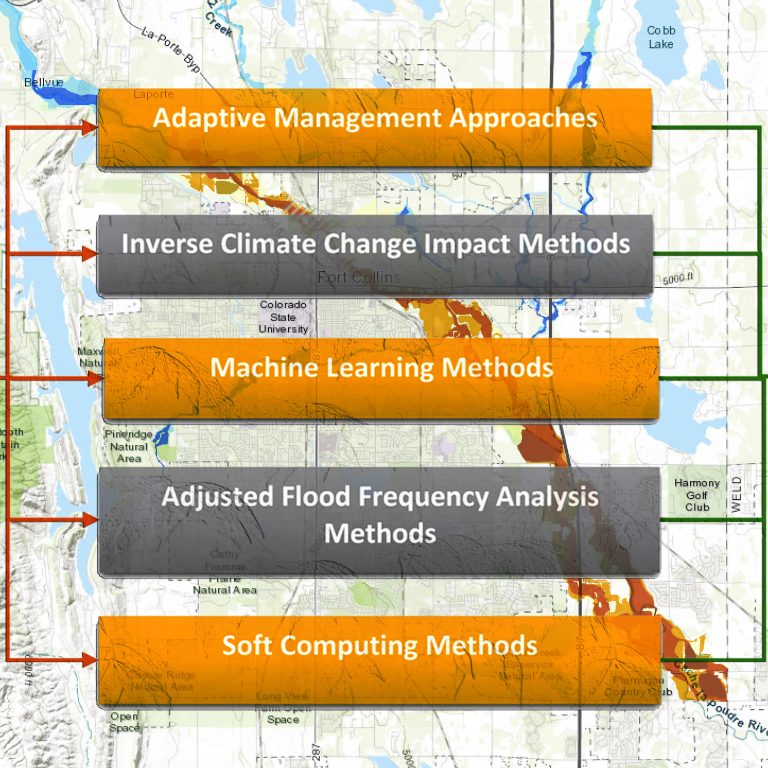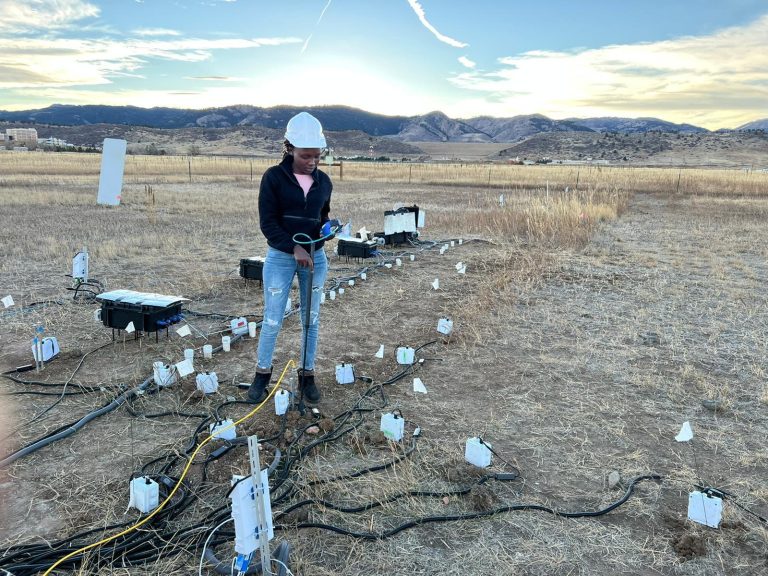
Systems engineering Ph.D. student helped to develop Perseverance Rover sample tubes
- By: Katharyn Peterman
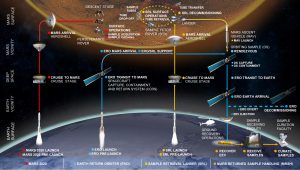
Last month, people around the world watched as the Perseverance rover successfully landed in the Jezero Crater on Mars.
The car-sized rover is a continuation of the larger Mars Exploration Program. The rover is designed to better understand the geology of Mars and look for signs of ancient life.
Systems engineering Ph.D. student Paulo Younse, a robotics engineer within the Robotic Systems Group at NASA’s Jet Propulsion Laboratory, helped develop the sealing mechanism for the sample tubes Perseverance carries. The tubes will store rock and soil samples that could be returned to Earth in the future.
Preserving soil samples
The development of sample tubes that are durable enough for Martian surface conditions and travel through space is a very complex process. Ensuring the samples would remain intact for scientists back on Earth to study proved to be a major challenge with this mission.
The airtight seals Younse helped develop are crucial to prevent the loss of volatile chemicals and water vapor that may be in the sample.
To further ensure sample integrity, scientists developed sampling hardware that poses the least risk of contaminating the sample and methods to clean the hardware. In addition, the exterior of each tube was treated to help regulate the sample’s temperature as it waits on Mars for its return to Earth.
Retrieval system research
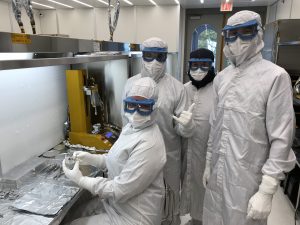
Perseverance will drop off the collected samples at strategic locations around Mars for potential future pickup.
The system to retrieve the samples will involve a fetch rover to retrieve the samples. The samples will then be launched into orbit with a Mars ascent vehicle.
Advised by Thomas Bradley, Woodward professor and department head of systems engineering, Younse’s dissertation is focused on the complexity of this retrieval system.
“My research at CSU involves developing and modeling the system architecture of a capture system that will potentially capture and contain these orbiting samples so that they can be safely returned to Earth,” Younse said.
The Mars 2020 project is an extremely complex system with thousands of moving parts, and contributions from several thousand NASA and non-government employees. The complexity of this project demonstrates the importance of systems engineering.
“Systems engineering is critical to coordinate the development efforts of all the individual subsystems, balance out risk across the system and optimize for overall system performance,” Younse said.
